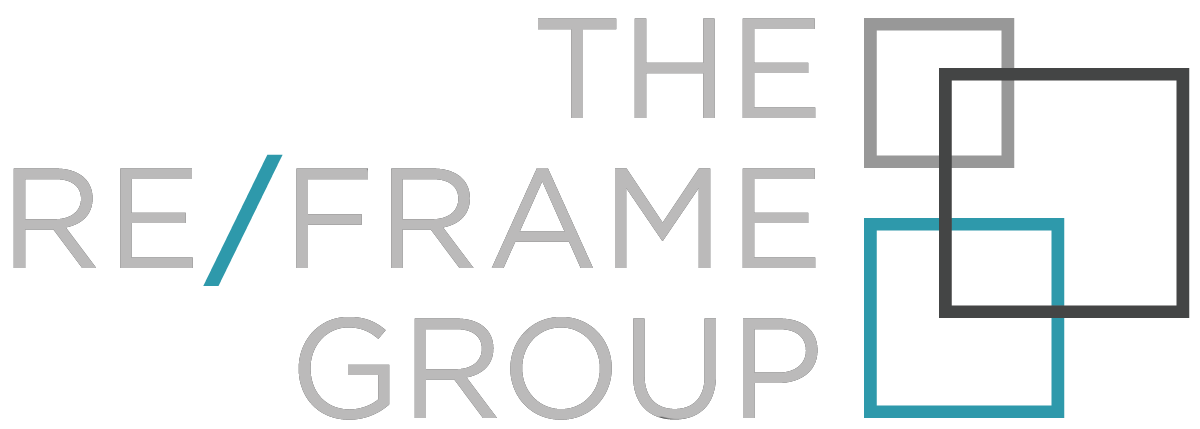This past year, companies in the construction industry: builders, contractors, general managers, and sub trades are all seeing increased insurance rates. In particular, there are a few products or classes of business that are seeing the highest rate increases on renewal:
- Liability – due to changes in common contract clauses becoming more onerous and changing laws around labour issues and construction defects.
- Builder’s Risk (aka Course of Construction or COC) – due to increased fire and flood losses.
- Construction Auto – due to increased litigation, plaintiff awards, and a higher number of inexperienced operators.
These issues are further compounded by COVID-19 which had led to a “Hard Market” in the insurance industry and impacted the operations of new projects causing delays and outright failures.
What is a hard market you say? I wrote about it in another article but a hard market is the part in a market cycle where returns are poor so the capacity to write most types of insurance decreases and there is less competition for your business. That means higher premiums, more restrictive underwriting parameters, and less generous terms for insureds.
That being said, you are not purely a victim of the market and there are things YOU can do to control rate increases and even find rate reductions in this climate. The key is to make the underwriter as comfortable as possible with the risk – and that involves a lot more than just filling out an application. Intangibles like photos showing off a clean and organized job site and having a great and well-recognized brand can also help.
I wrote about how to save money in a hard insurance market in another article – and those same tips will apply to your construction business – but here are some actionable tips that are more tailored toward the construction industry.market

Double Down on Safety
Make sure all of your employees and sub trades know the safety rules and procedures of the job site. Incentivize safety over other KPI’s like daily production.
Drug and alcohol use can also be a big problem on the job site. Make sure employees are fit for duty and that their after-hours indulgences stay after-hours.
Site managers may need to trim the number of work crews on site and stagger schedules so that no two crews are working in the same area to prevent the spread of COVID-19. Also, make sure everyone is trained on COVID-19 prevention and install additional hygiene stations on site.
Similarly, establish policies so that sick employees are penalized for missing a shift and create a policy to send anyone who shows symptoms home. You can use return-to-work programs to help employees come back more quickly after sickness or injuries.
All this helps you keep employees safe and reduce the number of workplace injury claims.
Increase Your Deductibles
That said, this isn’t the best for everyone and an experienced broker can help you make that decision. In my experience working on a large property policy for a multi-national, increasing the deductible from $5,000 to $25,000 resulted in a nearly 10% reduction in annual insurance premiums. Well worth it on a policy of that size.

Handle Claims Quickly
Deal With Past Losses
Accompany your disclosures with commentary on what you’ve learned from it and how you will prevent the same thing from happening in the future.
A few large losses are not as concerning to underwriters as numerous small ones. Numerous small losses indicate a lack of risk management practices.
Update Your Exposure Basis
Clerical errors or oversights from the finance team in reporting these numbers can result in you seriously overpaying for insurance.
Maintain a Good Relationship with Your Advisor
Meet with your advisor regularly throughout the policy term and start your renewal at least 90-120 days in advance. If they know your business and understand any losses or changes that have occurred mid-term, they will be in a better position to negotiate your renewal.
Maintain a Good Relationship with Your Insurance Company
For this reason, I also advise against switching insurance companies too often to try to win short-term pricing decreases. Your advisor can help you assess when and how often you should be taking your risk to market.
Tell Your Story
I had a client recently who struggled to secure D&O insurance until we came across an underwriter who had heard of the brand and the mission of the company. Better yet, they used the products personally. As a result, they were willing to offer terms even when nobody else wanted to and at pretty good rates as well!
If your company is doing something cool, don’t be afraid to share it with your advisor and the underwriter.


